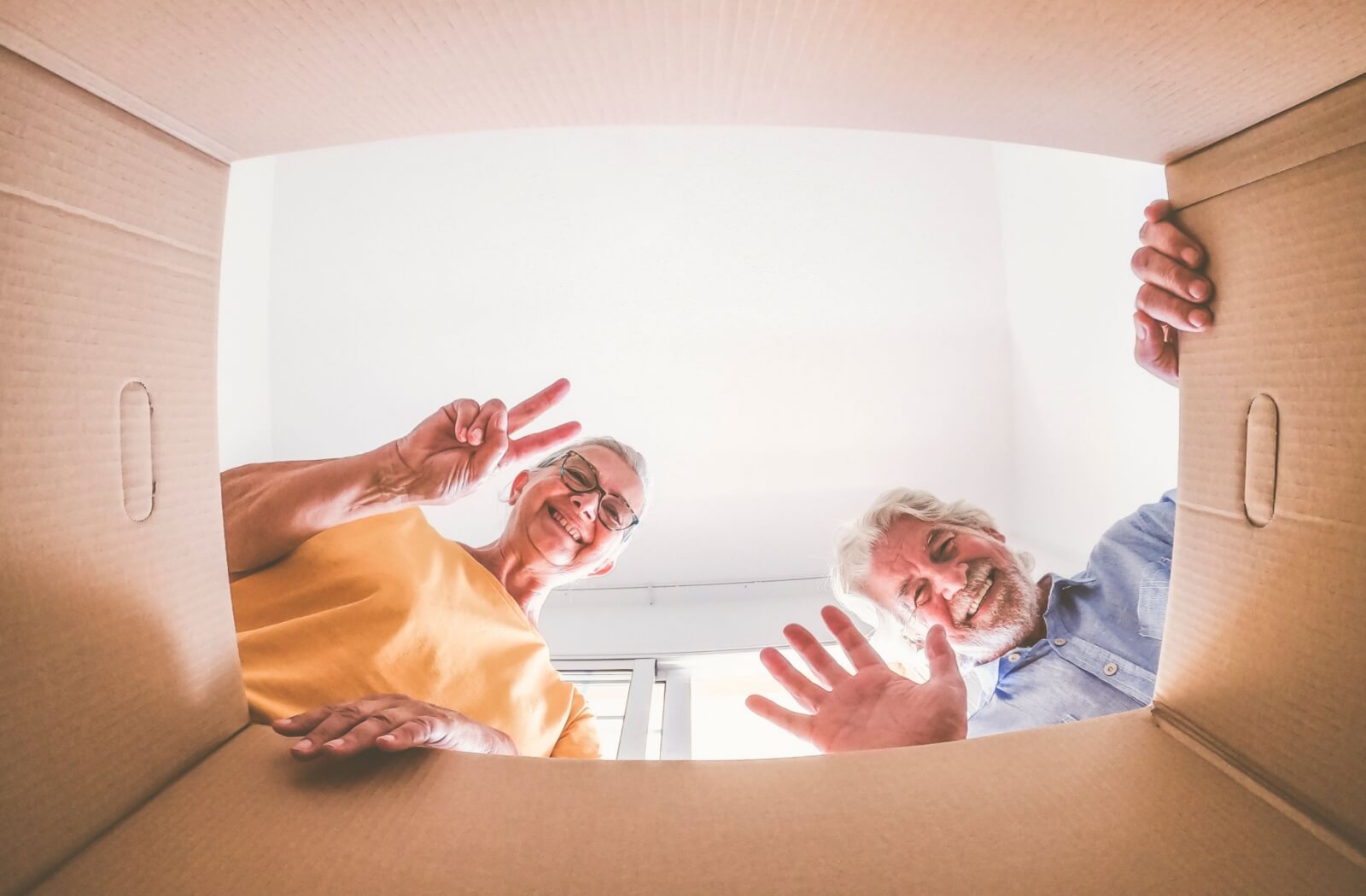Downsizing: What Not to Bring to Assisted Living
- Posted on
- By Mira Vie Senior Living

Assisted living can be a difficult transition, as it often involves downsizing and leaving behind familiar belongings. While it may be tempting for an older adult to bring along everything from their previous home, it’s more important to carefully consider which items will contribute most to the feeling of home in their new living space.
When your loved one transitions to assisted living, it’s important to consider what items will actually contribute to a comfortable and safe environment. Some things your loved one shouldn’t bring include:
- Large furniture that may not fit in smaller living spaces
- Valuable or irreplaceable items that could be lost or damaged
- Excessive amounts of clothing
- Potentially dangerous items, such as knives or flammable materials
- Heavy appliances that are difficult to manage
- Personal items that require a lot of maintenance, like plants or aquariums
- Excessive decorations that can overwhelm the space
- Items that can pose safety risks, such as extension cords or trailing wires.
Large Furniture
Assisted living apartments are typically smaller than a traditional home, so it’s important to consider the size and layout before bringing in large pieces of furniture. Bulky or oversized items can quickly make the new space feel cluttered and cramped, leaving it difficult to navigate and enjoy.
Instead, opt for multi-functional furniture such as a bed with built-in storage or a dining table that folds down when not in use. This will help maximize the size of space while still providing the necessary functionality.
Valuable or Irreplaceable Items
While sentimental value is important, you and your loved one will need to consider the risk of loss or damage to valuable or irreplaceable items. Assisted living communities have a lot of people coming and going, which can increase the chances of items getting misplaced or broken. It’s often best for seniors to leave these items with family members or in a safe storage unit.
Excessive Clothing
Assisted living communities often have limited closet space, so it’s important to be mindful of how much clothing your loved one brings with them. Consider donating or selling clothes that they haven’t worn in a while. This will help keep their space clutter-free and make it easier for them to find what they need.
Potentially Dangerous Items
For safety reasons, it’s best to leave potentially dangerous items like knives or flammable materials at home. Assisted living communities have strict safety protocols in place, and bringing these items could put yourself and others at risk.
Personal Items That Can Overwhelm the Space
Lastly, it’s important to be mindful of personal items that can overwhelm the space. This includes excessive decorations, collections, or hobbies that require a lot of storage space. Instead, have your loved one choose a few meaningful items to display and find alternative storage solutions for the rest.

Tips for Moving into Assisted Living
Now that you know what items your loved one should bring and leave behind, here are some helpful tips for making the move into assisted living easier:
- Start early: Moving can be challenging, so it’s best to start early and give you and your loved one plenty of time to sort through your belongings and make decisions. This will also help reduce stress and ensure that everything is organized before moving day.
- Create a floor plan: Before packing, collaborate with your loved one to create a floor plan for their new living space. This will help you visualize how furniture and other items will fit in the room and make it easier to decide what to bring.
- Label boxes clearly: Be sure to label boxes clearly with their contents and which room they belong in. This will make unpacking much easier and less overwhelming.
- Ask for help: Don’t be afraid to ask friends or family members for help with packing, sorting, or moving. It’s a big task, and having extra hands can make a significant difference.
- Stay positive: Moving into assisted living can be an emotional experience, but try to stay positive and focus on the new opportunities and experiences that await you and your loved one. Remember that this move is ultimately for their safety and well-being.
- Get familiar with the community: Before moving in, take some time to get familiar with the community and its amenities. This will help you understand what your loved one’s day-to-day life might look like.
- Make the space feel like home: Bring familiar items along to help your loved one’s new living space feel like home. These could be family photos, special keepsakes, or your favorite chair.
- Meet your neighbors: Encourage your loved one to introduce themselves to their neighbors. Having a friendly face nearby can make the transition easier and help them feel more connected to the community.
Creating a Home Away from Home: The Mira Vie Experience in Assisted Living
You and your loved one should both consider what they should bring along to assisted living. The goal is creating a comfortable and safe living space that feels like home and contains treasured possessions. Remember to consult with staff members about any specific guidelines or restrictions on items before your loved one moves in.
At Mira Vie Senior Living, we understand the importance of making assisted living feel like home. Our community offers a variety of amenities and activities to help our residents feel comfortable and connected. From spacious apartments to delicious dining options, we strive to create an inviting atmosphere that promotes physical, social, and emotional well-being.
Get in touch with us today to learn more about our communities and how we can be a part of your next chapter.
Related Articles

10 Early Signs & Symptoms of Dementia: What to Look Out for in Your Loved One
Key Takeaways Occasional forgetfulness is normal, but consistent changes that disrupt daily life may signal